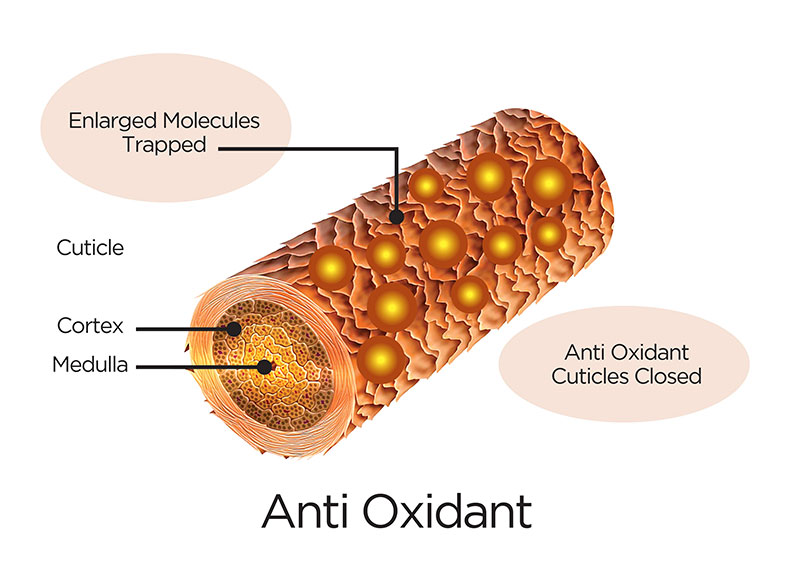
How to Use
Please ensure you follow our safety and how-to instructions carefully to avoid any issues along the way. Remember, if you have aquestion, please ask!
We advise you always read the instructions booklet fully before any application, but we have listed the most frequently asked questions below which may help you with your application. If you have a specific question.
ColourB4 reveals the true effect of dying your hair with permanent hair dye
For the last two years ColourB4, the original and leading global hair colour remover, has been monitoring the effects of colour on hair. It was only when people started to be able to take colour out of their hair (using ColourB4) that the effects dye had on the hair itself was revealed.


Mandy Baldwin BSc (Hons) MIT LTTS explains what happens to your hair every time you colour it
- Only when people started removing dye from the hair with ColourB4 did they see the full effect of dye on the hair
- ColourB4 takes a scientific look into exactly what happens to your hair when you dye it
- Advice from expert colour consultant and Trichologist, Mandy Baldwin BSc(Hons) MIT LTTS
- ColourB4 reveals what happens to hair pigments underneath the colour
For the last two years ColourB4, the original and leading global hair colour remover, has been monitoring the effects of colour on hair. It was only when people started to be able to take colour out of their hair (using ColourB4) that the effects dye had on the hair itself was revealed.
When colouring the hair to the same or to a darker shade new synthetic pigment molecules are added to the hair’s natural pigment changing its colour. Whereas in lightening the hair’s natural colour the darker natural pigments need first to be broken down then replaced with the new synthetic pigments.
Ammonia an alkaline compound with oxygen and hydrogen lifts and opens the hair cuticles allowing the small dye molecule to penetrate the inner cortex. As the dye molecule is oxidised by the hydrogen peroxide the ammonia that provides the alkaline environment acts as a catalytic agent bonding and breaking down the hairs natural colour pigment. The various combinations of pigment colour mixture of the primary colours provide the final shade chosen. Hence when ColourB4 is used to remove the synthetic pigment the hair does not go back to the original pigment as it was removed due the lightening process.
Dye pigment molecules in permanent colour are very small and are designed to easily penetrate deep into the hair’s cortex. But naturally these molecules would simply fall back out of the hair during shampooing. In order to trap the dye molecules in the cortex the dye uses ammonia mixed with hydrogen peroxide.
Whilst the small dye molecule is within the hair cortex an oxidation reaction takes place and begins to swell the dye molecule to a much larger size. Eventually the molecule is so large that it is trapped and unable to escape back through the hair’s cuticle. Think of this as an Alice in Wonderland effect where Alice is unable to back out of the door she came in due to growing so large.

ColourB4 reverses this action by shrinking the dye molecule back to its original size hence Alice was able to leave through the door again.
Many people see the finish effects of a dye and think that is it," says Mandy Baldwin, colour consultant and Trichologist. “But, the effect of the dye on your actual hair pigments, particularly for those lightening their hair isn’t evident to the naked eye. Ammonia strips the pigment from your hair so even with a hair colour remover the original virgin colour may not return as natural pigments have been stripped by the dye itself." There are four natural pigments in the hair. Black and Brown hair is created by melanin pigments and red and blonde hair is created by Pheomelanin pigments. These natural pigments are produced by cells known as melanocytes. The hairs natural colour depends on the ratio of pigment present, and the quantity and mixture.
Your questions, answered
Copyright © 2015 ColourB4




















